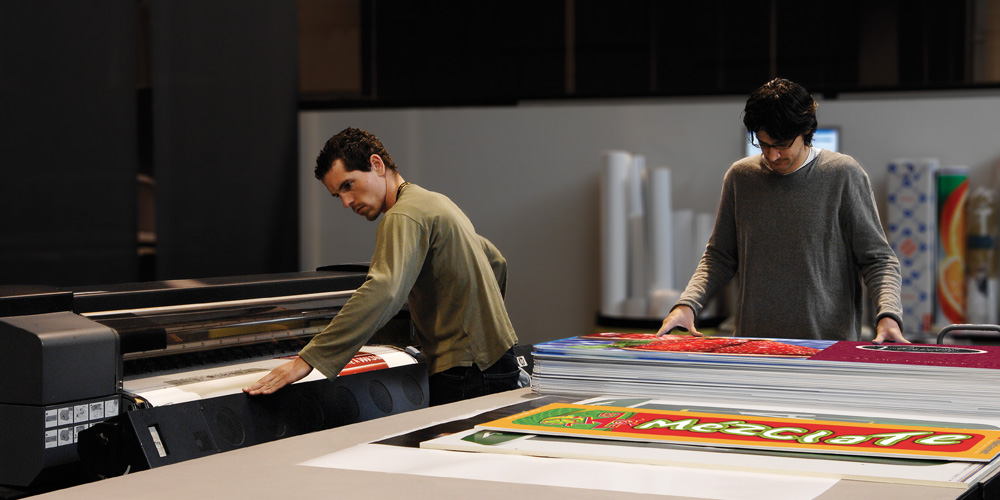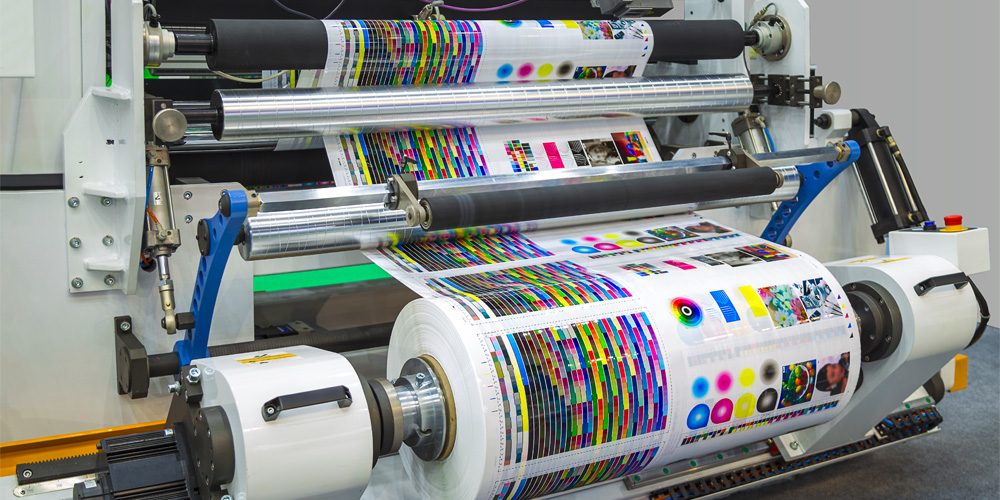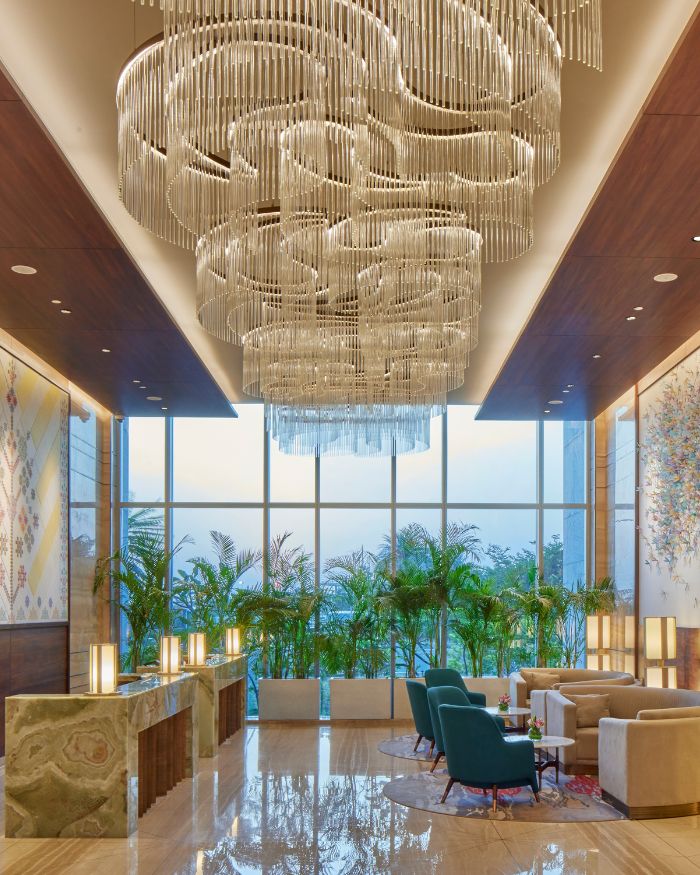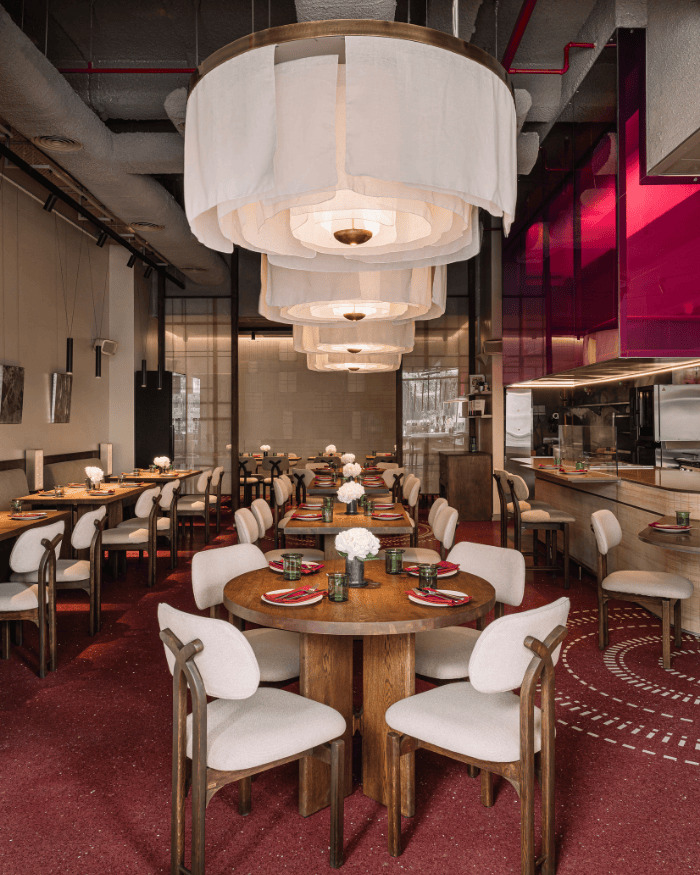Your job is complex, detailed, and highly technical.
You create intricate designs where every line matter, and you often need to print and share hard copies of these designs with your stakeholders. Unfortunately, every time you print one of your designs your generic large format printer creates problems. It’s slow, it’s hard to work, and it never prints your designs perfectly.
Thankfully, there’s a solution. Architectural printers solve the main problems created by generic large format printers. They are fast, simple, precise, and can help you take your business in new directions.
To help you make the switch, let’s walk through the five main reasons why you should replace your generic large format printer with an architectural printer.
Let’s get started.
You Will Work Faster
You never want to wait on your printer. You want to come up with new ideas, dash them off, print them out, and move to the next item on your “to do” list.
Generic printers just seem to crawl — especially when they print large format, high detail documents. They force you to stop designing, break your flow, and wait for them to finish before you can get back to work.
The right architectural printers fix this problem, and rapidly print large, detailed documents.
You Will Print with Precision
You create designs with a lot of detail, and you need to replicate every little line you’ve drawn when you print your work.
However, Generic printers can’t replicate a lot of detail. They can print the big strokes, but they lose lines, lower fidelity, and overall drop a lot of the detail you worked so hard to create.
The right architectural printers were built for detail, and can replicate every light, milometer-thin line in your most complex designs.
You Will Print Seamlessly from Your Design Software
You work with cutting edge software to create intricate 3D models. Sometimes, you must print these models to share hard copies with your stakeholders.
Generic printers are not natively compatible with every design program. They often drop layers and fail to capture the depth of the designs you modelled.
The right architectural printer will work natively with all modelling software, and present every layer and detail of your 3D designs.
You Will Increase Your Efficiency
You want to work smoothly, using both print and digital copies of your designs.
Generic printers are clunky and make it hard to do simple tasks like sending print jobs, replacing ink, or even just printing without spraying documents onto the floor.
The right architectural printer provides smooth workflows for every big and little task.
You Will Always Have a Hard Copy Handy
Things happen. Your WiFi drops. Your device runs out of charge. You have to work from a remote field site. Sometimes, you need a hard copy on hand to keep working.
Generic printers make it time consuming, frustrating, and impractical to print each of your designs at all times, leaving you empty handed when you need one most.
The right architectural printer makes it fast, simple, and easy to always have a current hard copy of your designs on-hand—no matter what your day throws your way.
The Choice is Clear
In sum — a generic large format printer cannot meet your requirements. Instead, you need an architectural printer to perform your job at a high level.
This post originally appeared on largeformat.hp.com.


















